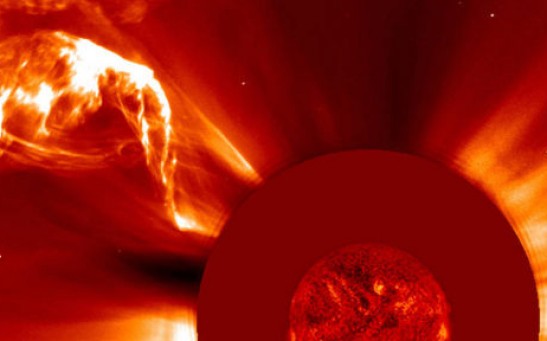European Space Agency
New GPS Study Reveals Giant Pandas Hang in Packs in the Wild
Antarctica's Ice Shelves Melting Faster Than Originally Thought
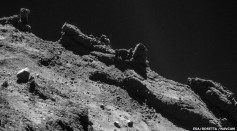
Molecular Nitrogen on Comet 67P Reveals a Frigid Start to Our Solar System
China's Lunar Rover Reveals Moon's Complex Geological History
Researchers Find How Acidified Oceans Have Become with Help of NASA and ESA Satellites
ESA Mars Express Orbiter Reveals Place for Caffè on Mars’ Southern Icecap
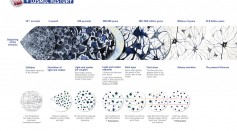
Fire Starter—ESA’s Planck Satellite Reveals Later Star Formations
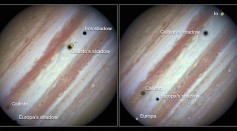
Three Moons Cast Shadow on Striped Gas Giant—Jupiter
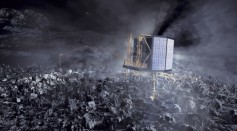
Comet Awakes As It Approaches the Sun

Hubble’s New View of the ‘Pillars of Creation’
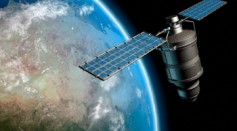
Must See: 5 Months in Space Compressed into 6 Minutes
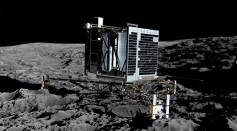
ESA’s Philae Lander May Take the Prize, But Here Are 9 Other Breakthroughs of 2014 Also Worth the Award
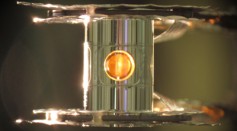
ESA’s Philae Lander May Take the Prize, But Here Are 9 Other Breakthroughs of 2014 Also Worth the Award

Bouncing Philae Takes Award for Breakthrough of the Year
Most Popular

How Technology Is Changing the Real Estate Industry?

Nikolay Karpenko Biography, Photo, Career, Accomplishments

How a Plant-Based Diet Can Protect Against Breast Cancer: Insights from Nutrition Research

The Role of AI in the Next Generation of Logistics: Insights from Tobias Waldhecker

